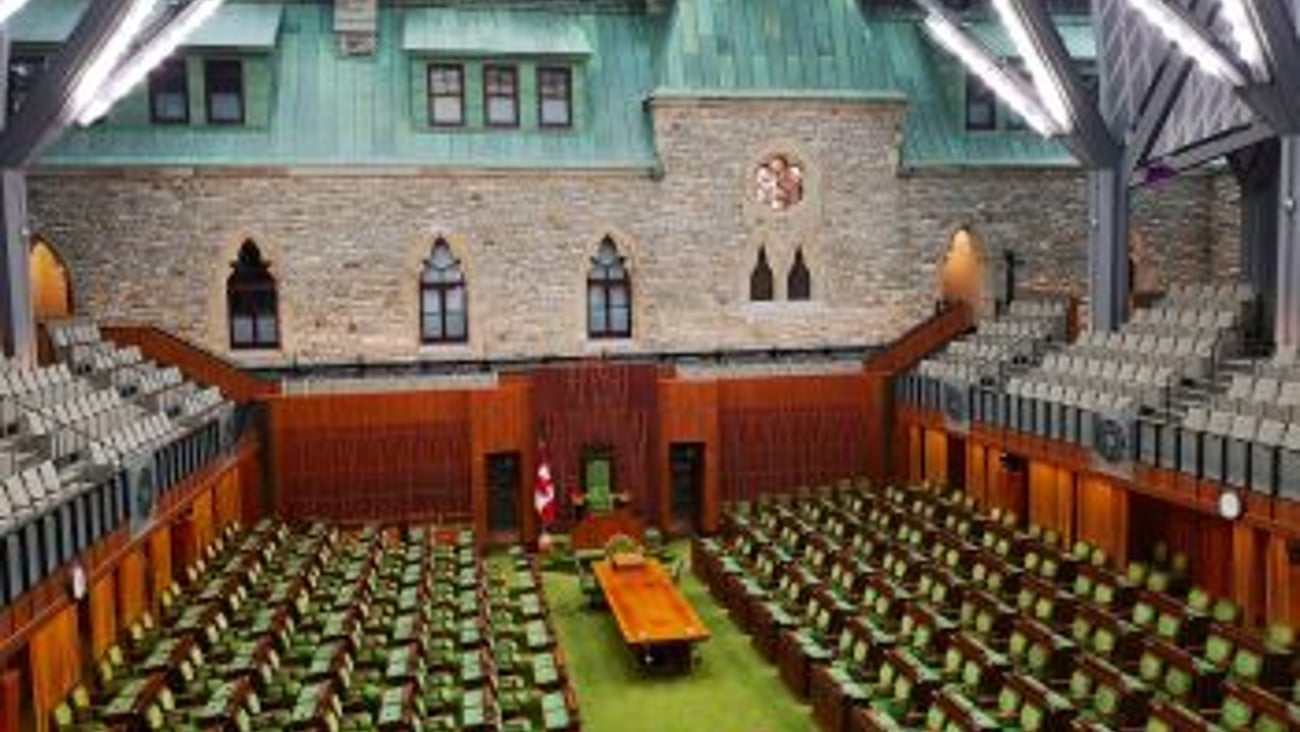United we win, divided we fall
There was a collective, but temporary, sigh of relief last week when U.S. President Donald Trump backed down on his threat to levy 25% tariffs on almost all imports from its largest trading partner.
Such a move and the inevitable retaliation would have a significant impact on businesses and consumers on both sides of the border. But there were a few silver linings to this episode, notably a renewed focus on addressing internal trade barriers as well as investment in combatting organized crime.
We have already seen many manufacturers and retailers reminding Canadians that they are Canadian, or that they sell made-in-Canada products. Social media has been abuzz about a growing sense of Canadian pride and the need to buy Canadian.
While President Trump’s actions have elicited a new sense of nationalism in Canada, many of our customers probably don’t realize the extent to which it is difficult to only “buy Canadian”. In today’s interconnected economy, how do we even define “Made in Canada”? Many of the products that we sell are manufactured in Canada from U.S. ingredients. Others are made with Canadian ingredients but are manufactured in the U.S.
Then there are other products that are manufactured in Canada, but the packaging, like aluminum cans, is manufactured in the U.S. A 25% tariff on aluminum could increase the cost of a case of 24 drinks by $2.00. And with the latest news, it could be coming sooner than we think.
So, it isn’t as simple as it seems. As an association representing an industry that has a diverse membership, we stand with all our members.
Whether they are American or Canadian owned, our retailers, distributors and vendor partners have one thing in common: they support communities in Canada. They employ Canadians. Many of the products they buy support Canadian farmers and producers. The causes they support benefit Canadians.
But there are a few upsides. First, the possibility of U.S. tariffs may force both our federal and provincial governments to meaningfully address interprovincial trade barriers. Provincial protectionism is alive and well on a whole host of products from beverage alcohol to tobacco to supply-managed products like eggs. You know this is a significant problem when the 2022 Donner Prize for the best book on public policy was entitled, Booze, Cigarettes and Constitutional Dust-Ups.
If imposed, the loss from U.S. tariffs might be comparable to the loss we currently suffer as a result of protectionist measures among provinces. A 2019 study by the International Monetary Fund found in many cases foreign companies are getting better access to Canada’s market than Canadian companies themselves. The IMF estimates that interprovincial trade barriers add up to a tariff equivalent of 21%. And that’s huge incentive to act.
Second, the other piece of good news for the convenience industry is that Canada’s response centred around fighting organized crime. This includes measures such as implementing a $1.3-billion border plan which will fortify the border with new helicopters, technology and personnel, enhanced coordination with the US and additional resources to stop the flow of fentanyl, miniscule though it may be.
Approximately 10,000 frontline personnel are and will be working on protecting the border. Aside from appointing a fentanyl czar, the federal government will list cartels as terrorists, ensure 24/7 eyes on the border, launch a Canada-U.S. joint strike force to combat organized crime, fentanyl and money laundering.
This will complement Ontario Premier Doug Ford’s Fortress Am-Can, a renewed strategic alliance between Canada and the United States, specifically a commitment to strengthen Canada’s border with the US by cracking down on the cross-border trade of illicit goods including contraband tobacco.
For years, CICC has been sounding the alarm bell about the linkages between contraband tobacco financing other cross-border illicit activities including money laundering. Contraband tobacco is eight times more profitable than the illicit drug trade.
According to the Canada Border Services Agency, between January and October 31, 2024, more than 1.7 million kilograms of illegal tobacco were seized at ports of entry in Southern Ontario. That’s equivalent to 116 tractor trailer loads full of tobacco.
The new border crackdown demonstrates that that message is finally being heard. Ironically, however, the illicit cigarettes being manufactured in Ontario, are facing no barriers as organized crime moves truckloads across the country.
The new security lens that the border will now be viewed through will forever change the status quo. Historically, the biggest complaint of border services has been the lack of resources to adequately stop the flow of illicit goods through inspections. In December, the Public Service Alliance of Canada – the union representing Canadian Borders Service Agency workers – stressed that CBSA was short between 2,000 – 3,000 workers in the wake of a new $68-million budget reduction.
With the commitment to add 10,000 personnel, the border will be more fortified and this, combined with the work of the Joint Task Force to battle organized crime will hopefully stem the flow of contraband tobacco.
Proudly Canadian and united
While strengthening the longest undefended border in the world is the focus of President Trump’s tariff threat, it has also produced a new sense of nationalism and unity in Canada. Even Quebec seems to be joining the proudly Canadian call.
CICC sees this has an opportunity to work with federal and provincial governments to get our own house in order by finally acting on interprovincial trade barriers. For years we have highlighted the red tape and significant costs that this protectionist approach has created. The good news is that this isn’t a partisan issue. At the federal and provincial level, politicians of all stripes are united in their belief that we must seize this opportunity to dismantle these obstacles.
As federal and provincial officials work to meet our commitment to fortify the border, Donald Trump—by literally throwing the Canada-US economic relationship on its head—has been successful in uniting a country and reigniting a new sense of patriotism.
Where we go from here is up to us. But we can’t afford to let a good crisis go to waste.







